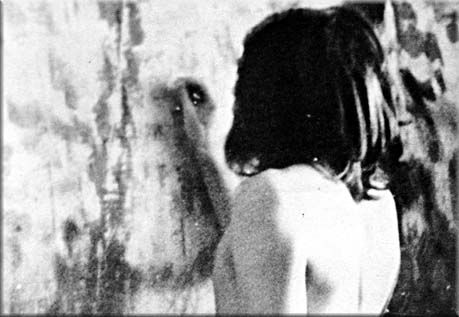Sep 28, 2009
Irish News: Violence of the year left 118 people dead
Violence of the year left 118 people dead
Was there a deal?
By Suzanne McGonagle
28/09/09
THE explosive events of 1981 saw violence erupt on the streets of Northern Ireland on a scale not seen since the early 1970s.
The year was regarded as a Troubles watershed with the Hunger Strike inflaming tensions outside the Maze Prison. In that year 118 people lost their lives.
Of those killed, civilians accounted for 54 of the deaths, with 21 RUC officers, 11 soldiers and 13 UDR members among the dead.
Sixteen republicans and three loyalists also died during 1981.
According to the book Lost Lives, republican activity resulted in 75 deaths.
Loyalists were responsible for 14, the British army for 13, the RUC for three and the UDR for one.
When Bobby Sands became the first hunger striker to lose his life, news of his death quickly led to violence and further death.
Just a day after he died a policeman, Philip Ellis (33), was killed at Duncairn Gardens in Belfast as officers tried to prevent rival factions from clashing following Sands’s death.
School children accounted for many of those who lost their lives during the turbulent year.
One of the first to die was Protestant teenager Desmond Guiney.
The 14-year-old from Rathcoole died after a mob stoned his father’s milk lorry on the New Lodge Road in north Belfast.
Missiles were thrown at the vehicle causing it to crash into a lamp-post. His father Eric died almost a week later from his injuries.
In the aftermath of the death of hunger striker Francis Hughes, another child became a victim of the spiralling violence.
Julie Livingstone (14), who was a Catholic and from the Lenadoon area of west Belfast, was hit by plastic bullet fired by British soldiers on the Stewartstown Road.
Another Catholic schoolgirl to lose her life during 1981 was Carol Ann Kelly (11) who was also killed by a plastic bullet fired by soldiers as she walked home in the Twinbrook area of Belfast.
Father-of-seven Henry Duffy from the Creggan area of Derry was also killed after being hit by a plastic bullet fired by soldiers on May 22 1981.
His death came during serious rioting throughout the Bogside following the death of Derry hunger striker Patsy O’Hara.
That year also saw the death of the first Northern Ireland MP to be killed during the Troubles.
The Rev Robert Bradford (40) was shot by IRA gunmen at a community centre in the Finaghy area of Belfast on November 14.
The IRA claimed he was “one of the key people responsible for winding up the loyalist paramilitary sectarian machine”.
His death triggered a security crisis and was followed by the killings of a number of Catholics including Stephen Murphy, Thomas McNulty and Peadar Fagan, who were killed in separate gun attacks.
INLA member James Power was also killed during 1981 when a bomb exploded prematurely as he attempted to disarm it.
The bomb had been intended to kill members of the security forces.
He remains the only INLA member to have been killed while handling explosives.
And on May 16 Patrick Martin – a Catholic father-of-one – was shot six times by the UDA/UFF while lying in bed at his home off the Crumlin Road in Belfast.
The UDA/UFF claimed he had been at the funeral of Bobby Sands.
Later in July 1981 John Dempsey, a member of the IRA’s Fianna youth wing was shot by soldiers at the Falls Road bus depot during disturbances.
 It has withstood the blows of a million years, and will do so to the end.
It has withstood the blows of a million years, and will do so to the end.
[…] Irish News: Violence of the year left 118 people dead […]